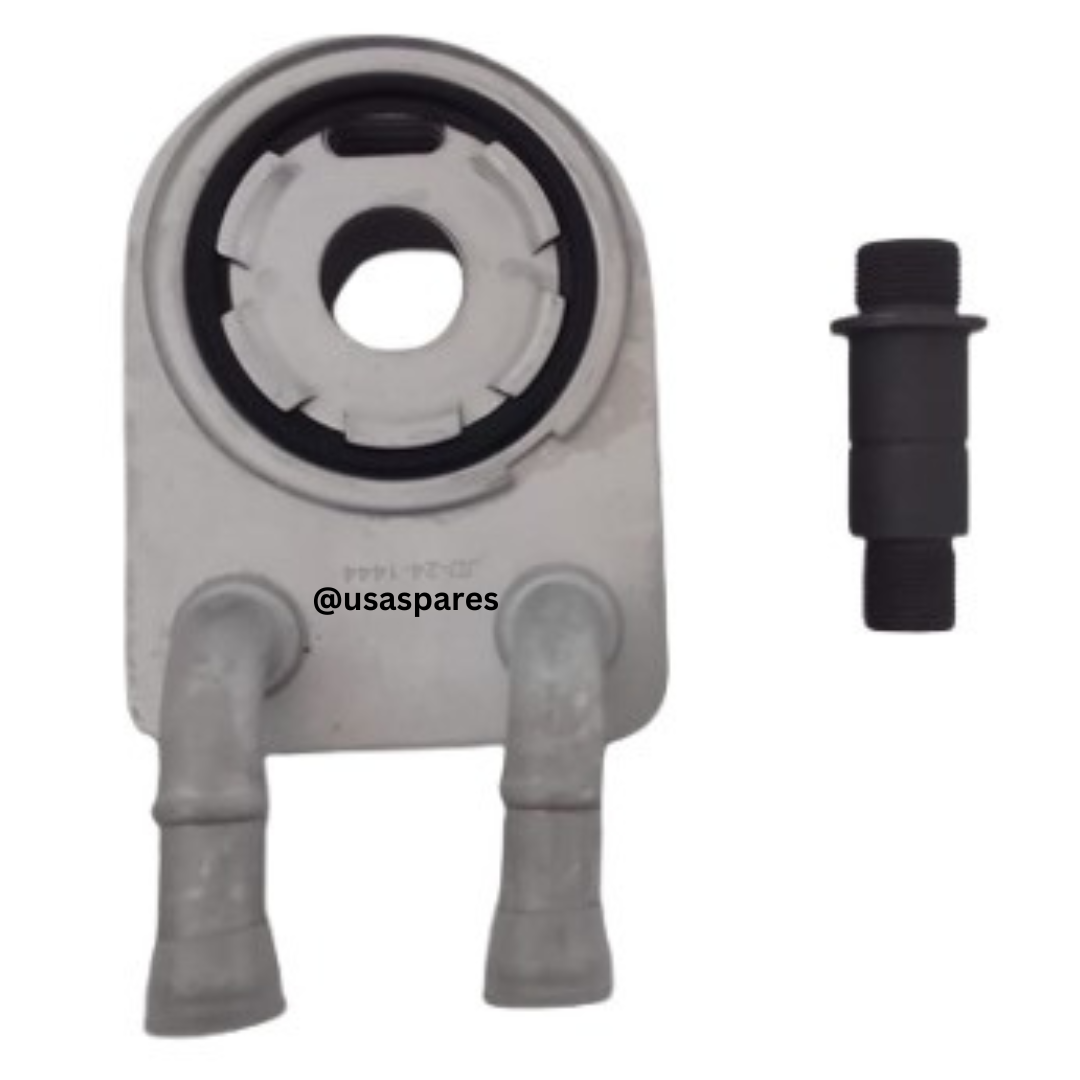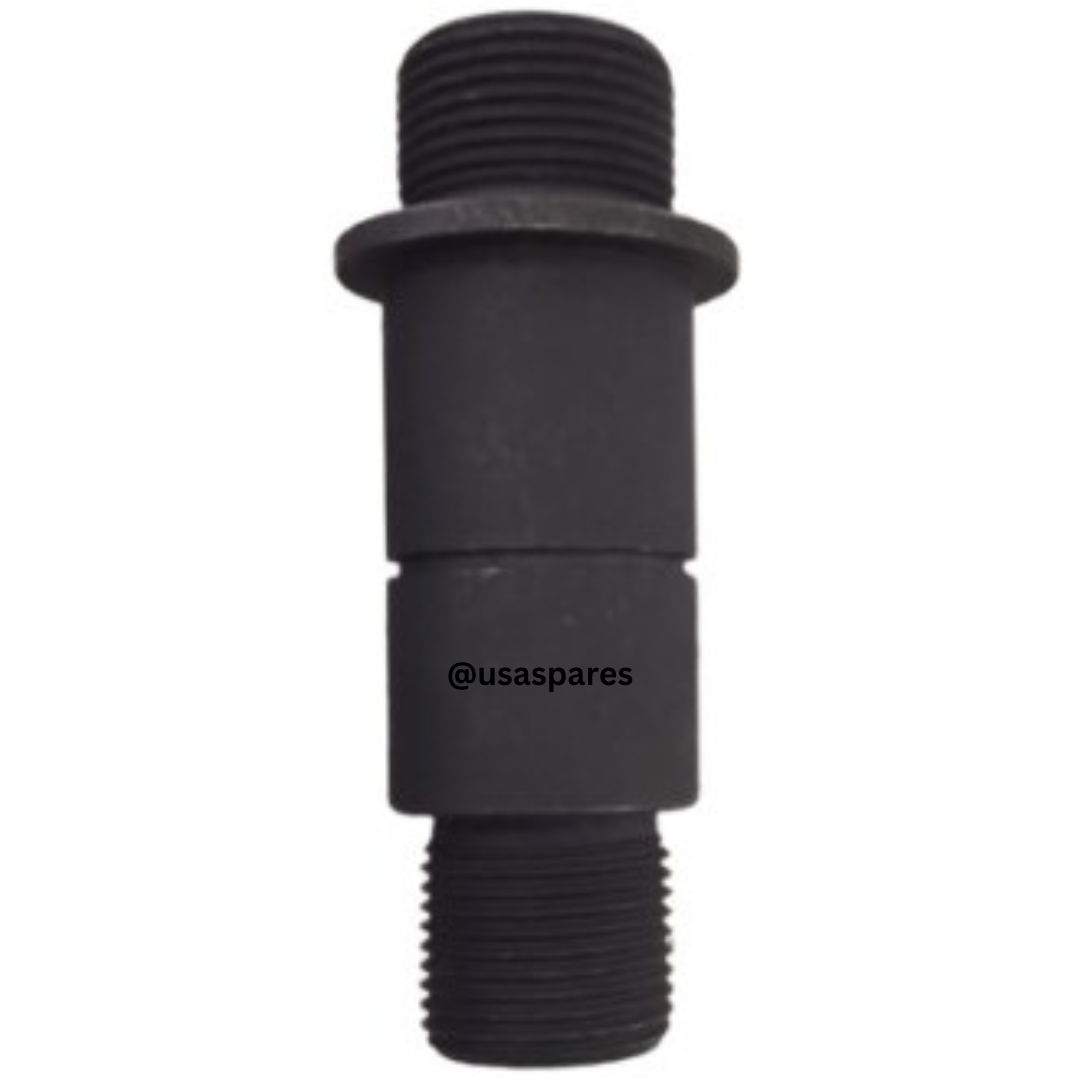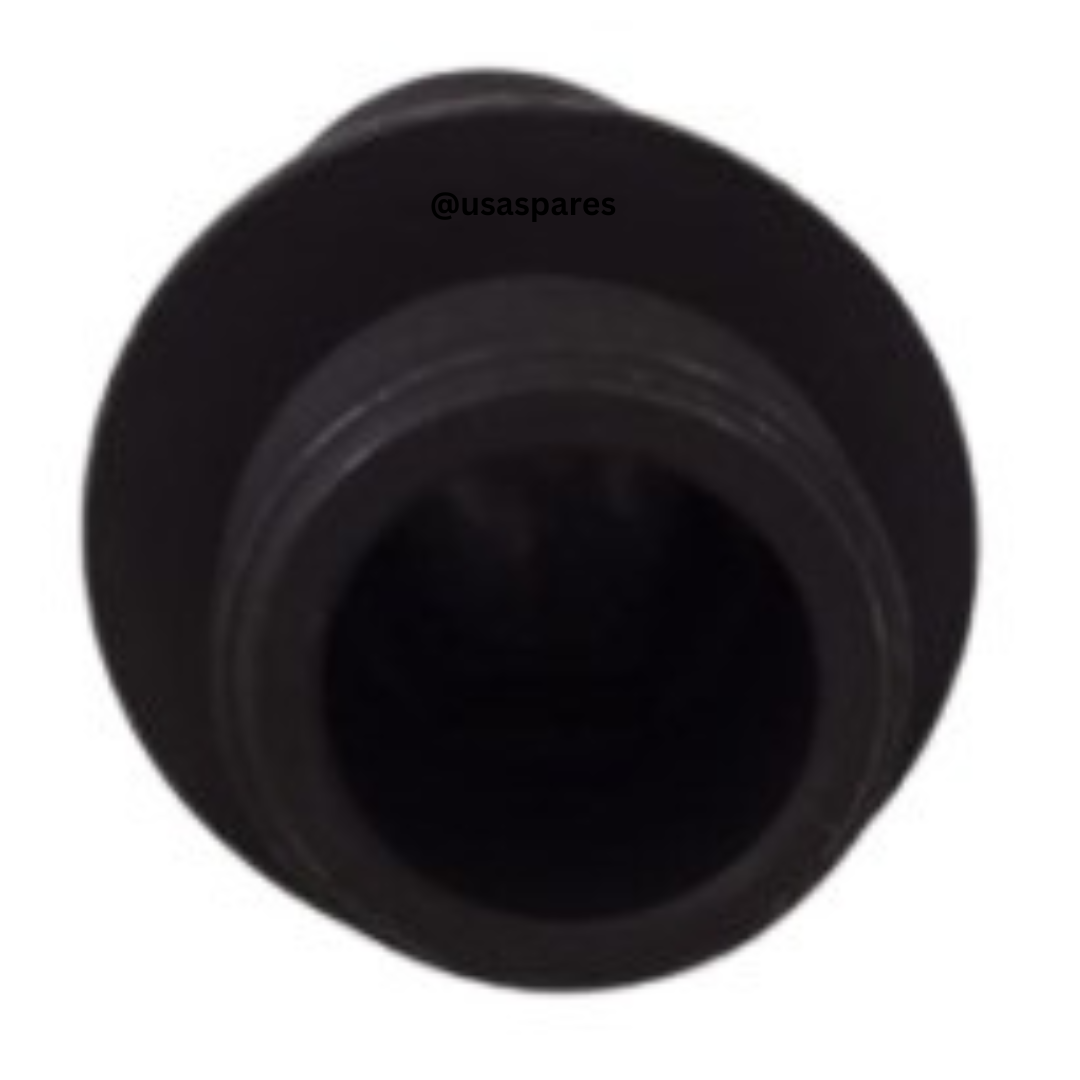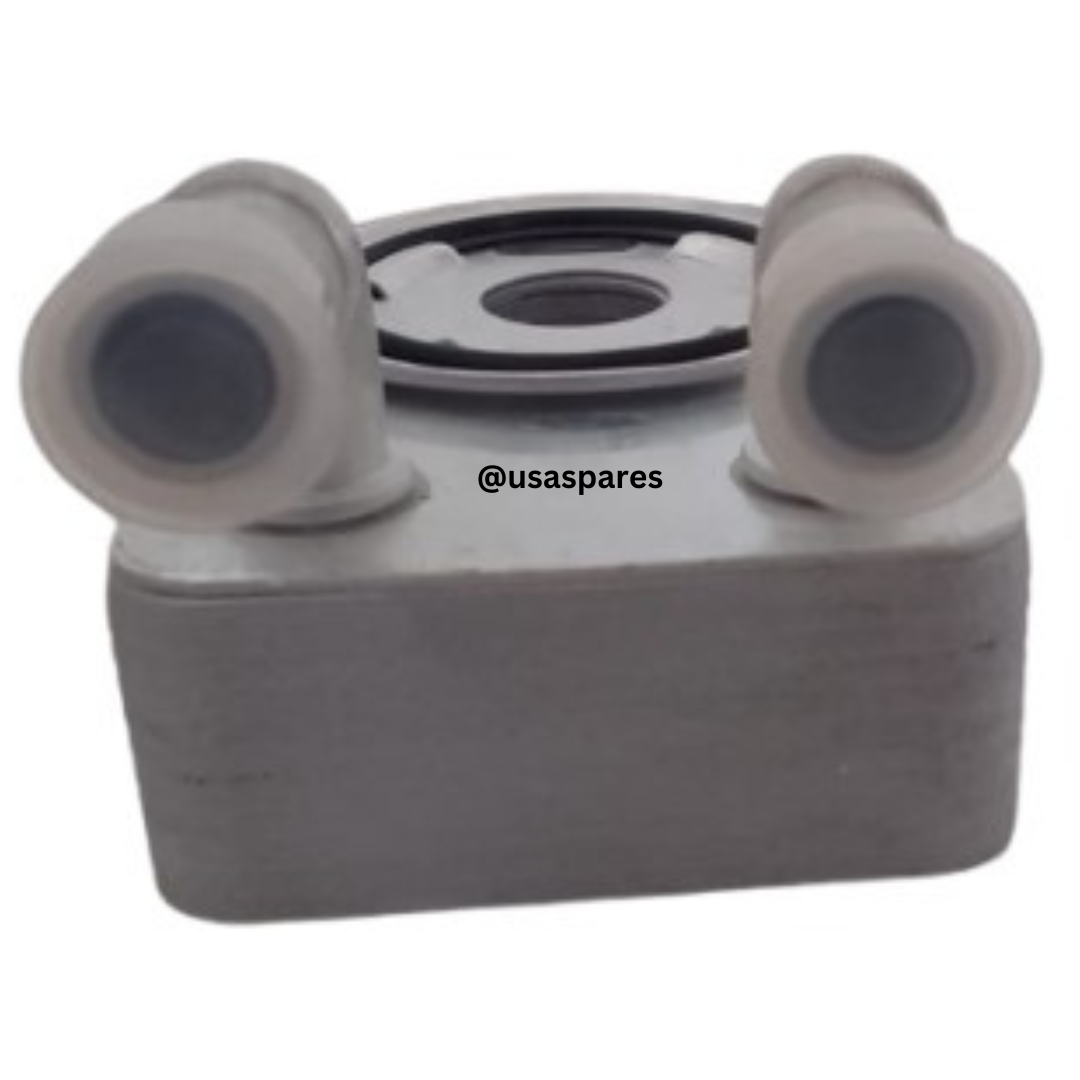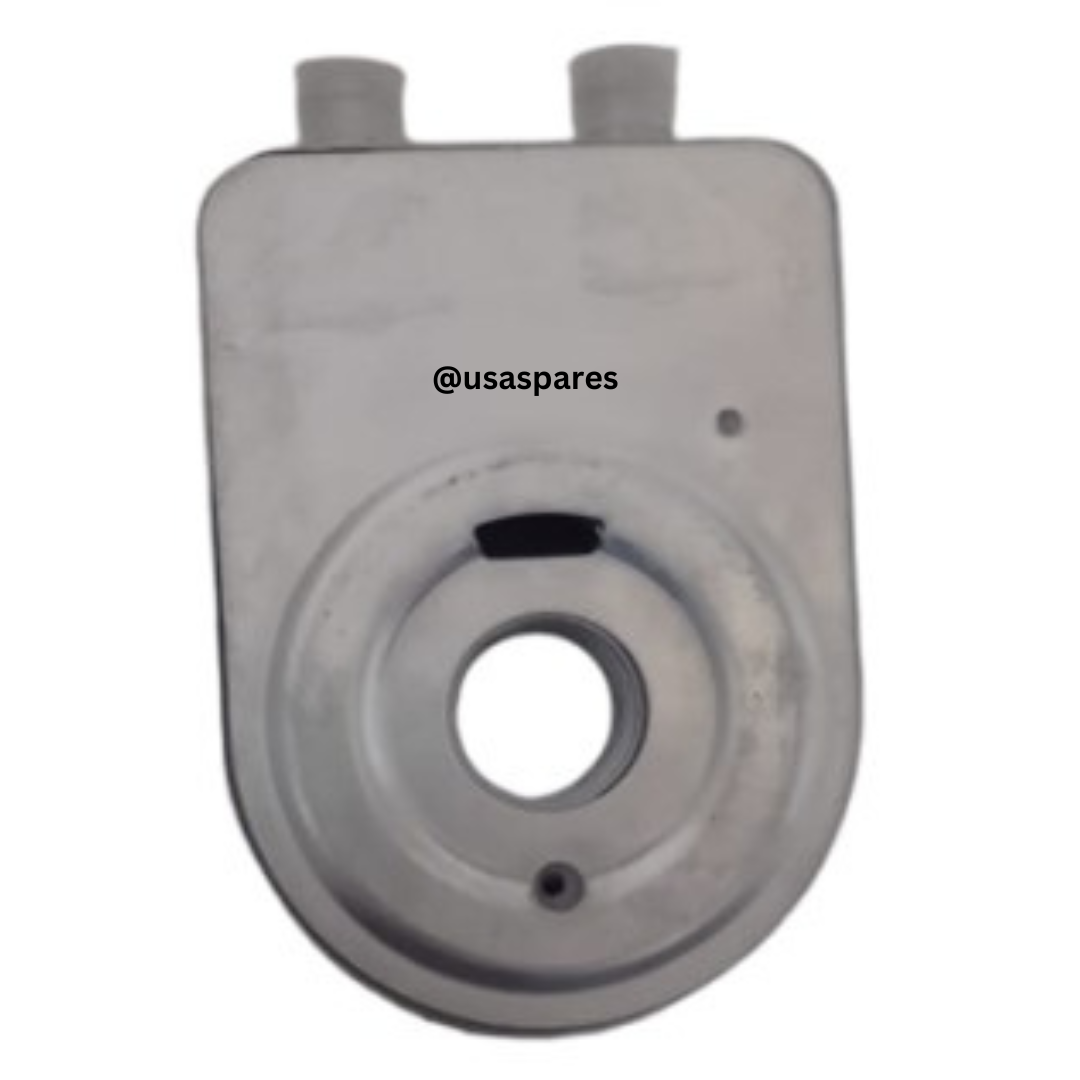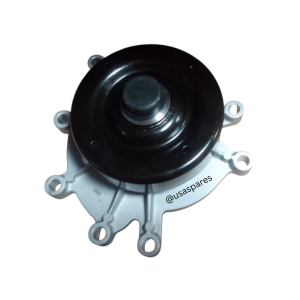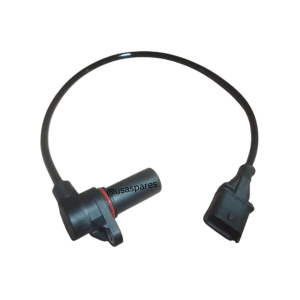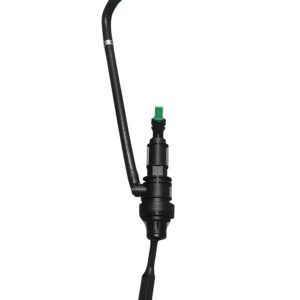Description
Dodge Caliber Oil Cooler: Function, Symptoms, and Replacement Guide
The Dodge Caliber Oil Cooler is a vital component of the engine’s lubrication system, designed to regulate the temperature of the engine oil. By cooling the oil, it ensures that the engine remains properly lubricated, reducing wear and tear on internal components and preventing overheating. Whether you drive a Dodge Caliber 1.8L, 2.0L, or 2.4L engine, a functioning oil cooler is essential for maintaining engine efficiency and longevity.
Function of the Oil Cooler
The oil cooler acts as a small radiator that helps dissipate heat from the engine oil. As oil circulates through the engine, it absorbs heat from moving parts. The oil cooler cools down the heated oil before it re-enters the engine, preventing excessive temperatures that could degrade oil viscosity. Key functions include:
- Regulating oil temperature for optimal lubrication.
- Preventing engine overheating by reducing excessive heat buildup.
- Extending engine life by reducing wear on critical components.
Common Symptoms of a Failing Oil Cooler
If the oil cooler in your Dodge Caliber begins to fail, you may experience several warning signs, including:
- Oil Leaks – A damaged cooler may develop cracks or loose seals, leading to visible oil puddles under the vehicle.
- Engine Overheating – Without proper cooling, engine oil can overheat, causing higher engine temperatures.
- Contaminated Coolant (Oil Mixing with Coolant) – A failing oil cooler can cause oil and coolant to mix, leading to a milky, frothy substance in the coolant reservoir.
- Low Oil Pressure – If oil is not cooling properly, viscosity may decrease, leading to poor lubrication and reduced oil pressure.
- Burning Oil Smell – Leaking oil from the cooler may burn off on hot engine parts, producing a strong odor.
How to Replace the Oil Cooler in a Dodge Caliber
Replacing a faulty oil cooler involves the following steps:
- Drain Engine Oil and Coolant – Prevents contamination and allows a clean installation.
- Locate the Oil Cooler – Typically mounted near the oil filter housing or engine block.
- Disconnect Hoses and Remove the Cooler – Carefully detach the oil lines and mounting bolts.
- Install the New Oil Cooler – Ensure a secure fit and replace any worn gaskets or seals.
- Refill Oil and Coolant – Use manufacturer-recommended fluids to maintain engine performance.
- Check for Leaks and Test Drive – Inspect for leaks and ensure proper temperature regulation.
Final Thoughts
A properly functioning Dodge Caliber Oil Cooler is essential for maintaining engine performance and preventing damage due to overheating. If you notice any signs of failure, replacing the cooler promptly can help avoid costly engine repairs. Always opt for high-quality OEM or aftermarket replacements to ensure durability and reliability.

